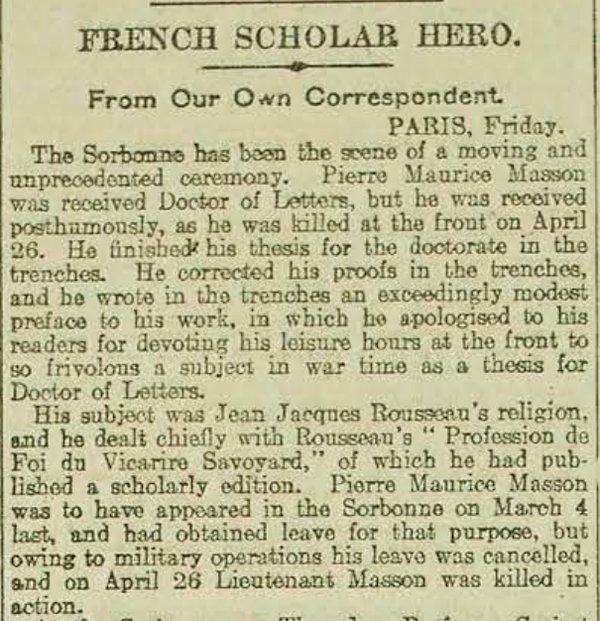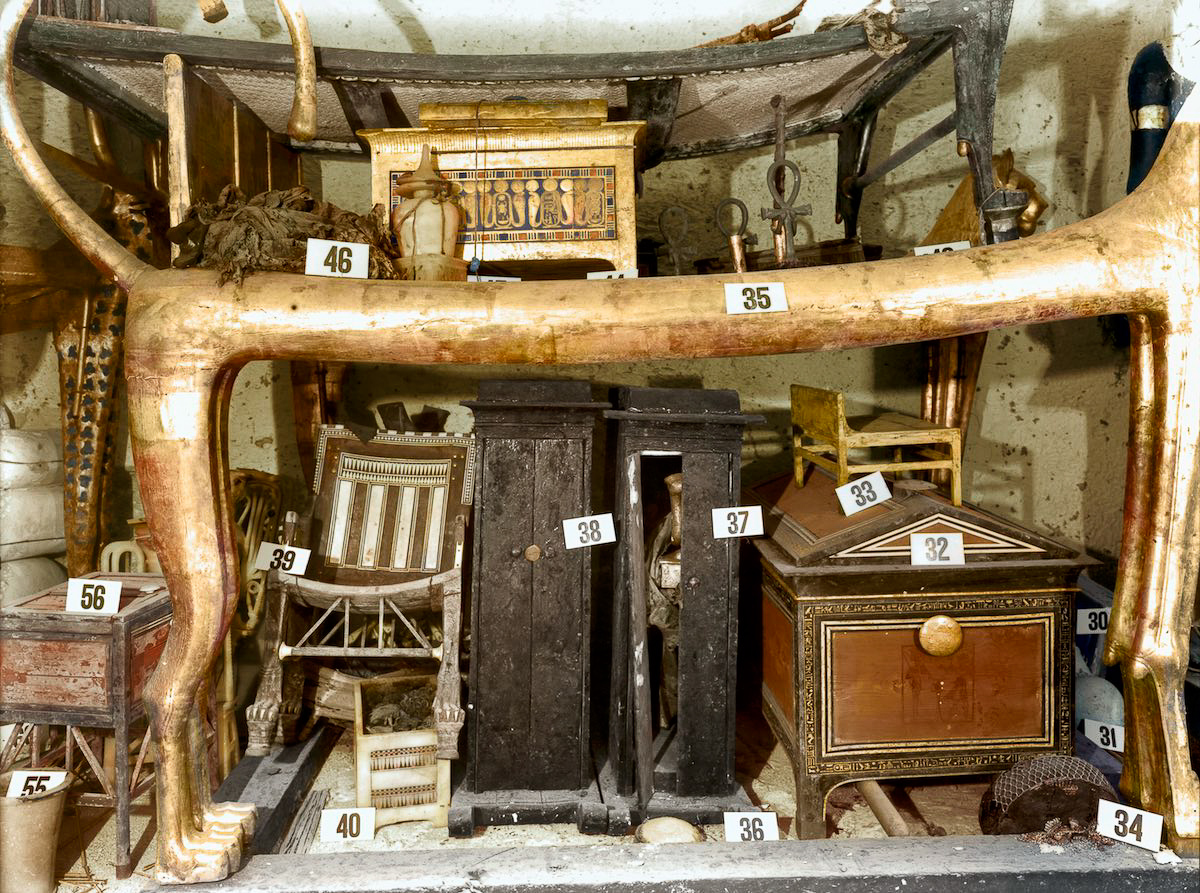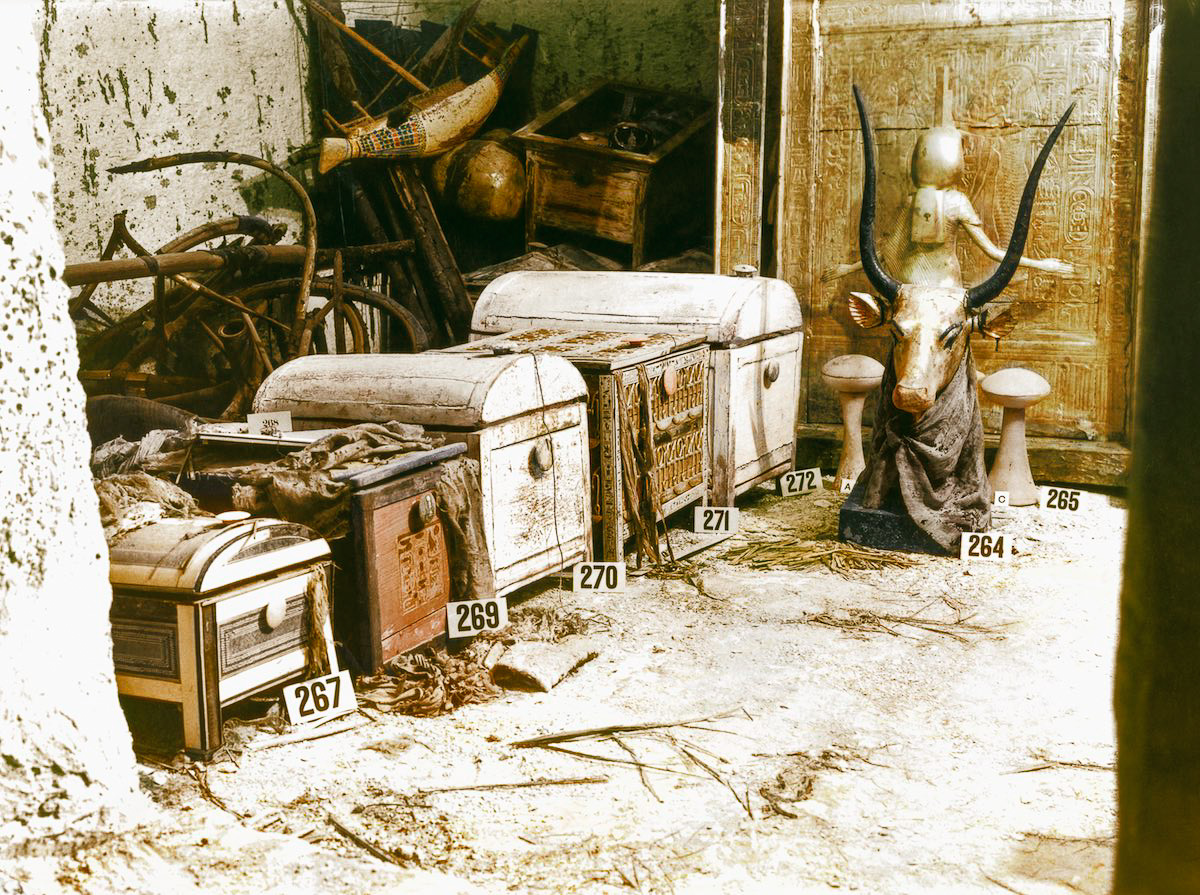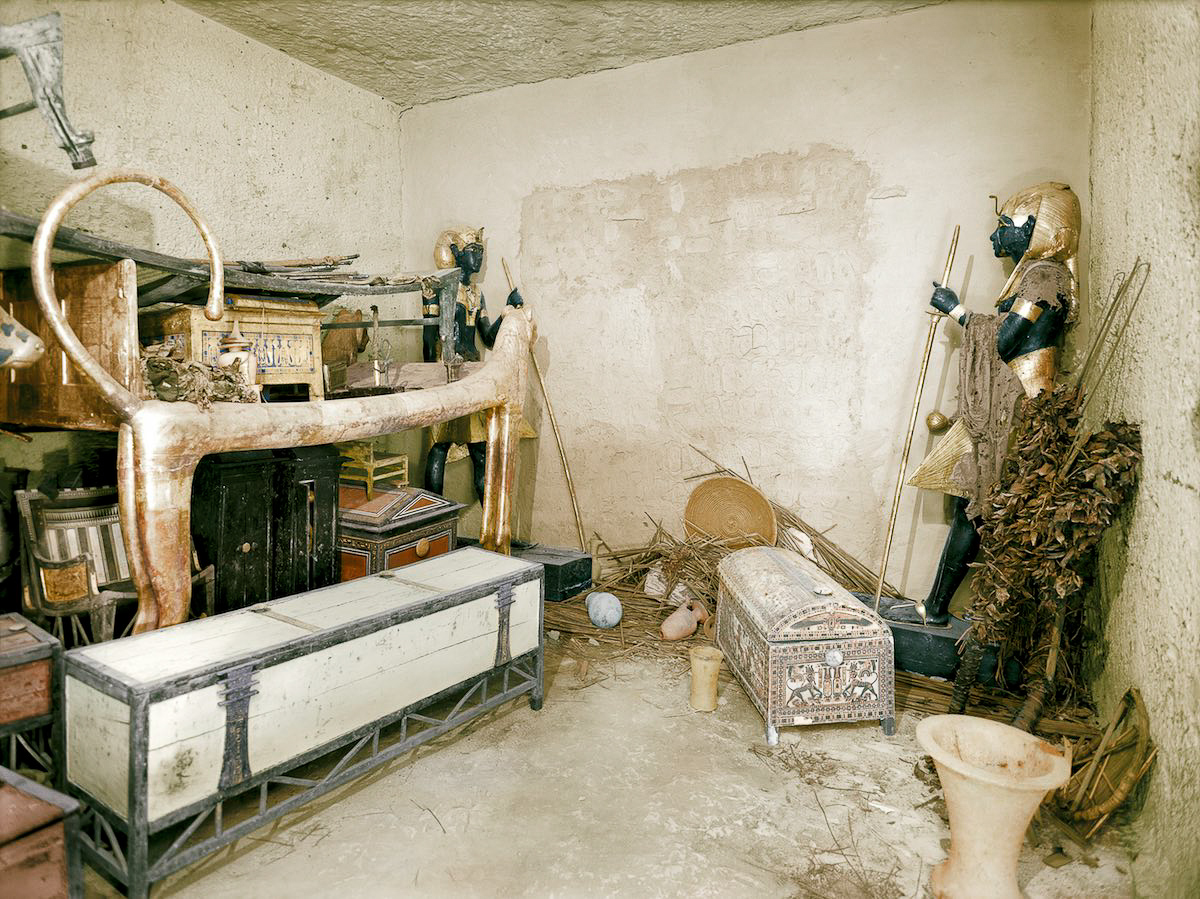“A shadow shaped like a tadpole suddenly appeared at one corner of the screen,” recalls Virginia Woolf. “It swelled to an immense size, quivered, bulged, and sank back again into nonentity. For a moment it seemed to embody some monstrous diseased imagination of the lunatic’s brain. For a moment it seemed as if thought could be conveyed by shape more effectively than by words. The monstrous quivering tadpole seemed to be fear itself, and not the statement ‘I am afraid.’ ” She witnessed this at a screening of the silent German Expressionist horror film The Cabinet of Dr. Caligari (which you can watch for yourself above), and in it glimpsed the future of cinema itself.
Woolf elaborates on this glimpse in her essay “The Cinema,” first published in a 1926 issue of the journal The Nation and Athenaeum. (The British Library has a scan from the publication here.) “People say that the savage no longer exists in us, that we are at the fag-end of civilization, that everything has been said already, and that it is too late to be ambitious,” she begins. “But these philosophers have presumably forgotten the movies.” She goes on, in this short piece, to come to grips with this new artistic medium, to articulate her experience of it (as “the eye licks it up all instantaneously”) as well as its potential and then-current limitations, such as an over-reliance on literary material.
“The alliance is unnatural,” the author of Mrs. Dalloway (filmed in 1997, and two years later more imaginatively used as the basis for Michael Cunningham’s novel The Hours, turned into cinema itself in 2002) declares about the adaptation of novels into movies. “Eye and brain are torn asunder ruthlessly as they try vainly to work in couples. The eye says ‘Here is Anna Karenina.’ A voluptuous lady in black velvet wearing pearls comes before us. But the brain says, ‘That is no more Anna Karenina than it is Queen Victoria.’ ” She complains, as New Yorker film critic Richard Brody puts it, “that moviemakers, instead of relying on the inherent properties of cinema, harness the making of images to storytelling by way of literature,” presumably failing to understand that “the cinema’s distinctive power involves creating a new kind of visual experience.”
“It is only when we give up trying to connect the pictures with the book,” writes Woolf, “that we guess from some accidental scene — like the gardener mowing the lawn — what the cinema might do if left to its own devices.” Ninety years later, many cinephiles still dream of that gardener mowing the lawn, awaiting the day that cinema gets left to its own devices to fulfill the vast creative and artistic promise only occasionally explored by the filmmakers. Woolf likens them to a “savage tribe” who, “instead of finding two bars of iron to play with, had found scattering the seashore fiddles, flutes, saxophones, trumpets, grand pianos by Erard and Bechstein, and had begun with incredible energy, but without knowing a note of music, to hammer and thump upon them all at the same time.” Cinema developed rapidly in the day of Dr. Caligari, and has developed in certain ways since, but its greatest expressions lie ahead — an observation as true now as when Woolf, with slight disappointment but nevertheless great expectation, first made it. You can read here seminal essay, “The Cinema,” here.
Related Content:
Watch The Cabinet of Dr. Caligari, the Influential German Expressionist Film (1920)
Virginia Woolf Offers Gentle Advice on “How One Should Read a Book”
An Animated Introduction to Virginia Woolf
Based in Seoul, Colin Marshall writes and broadcasts on cities, language, and style. He’s at work on a book about Los Angeles, A Los Angeles Primer, the video series The City in Cinema, the crowdfunded journalism project Where Is the City of the Future?, and the Los Angeles Review of Books’ Korea Blog. Follow him on Twitter at @colinmarshall or on Facebook.








